Ancient Roman Moon Goddess Coin Discovered Off Israel’s Carmel Coast
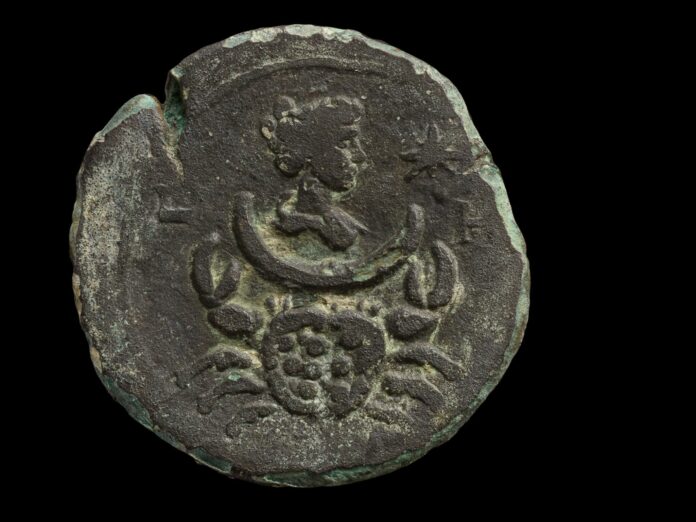
A remarkable discovery has been made off the coast of Carmel in Haifa, Israel, where a rare and exceptionally well-preserved ancient Roman bronze coin has been unearthed. This 1,850-year-old coin, which features the Roman moon goddess Luna, offers a fascinating glimpse into the past. The find was reported by the Israel Antiquities Authority (IAA) on Monday and is considered a significant addition to the collection of ancient artifacts.
The Coin and Its Significance
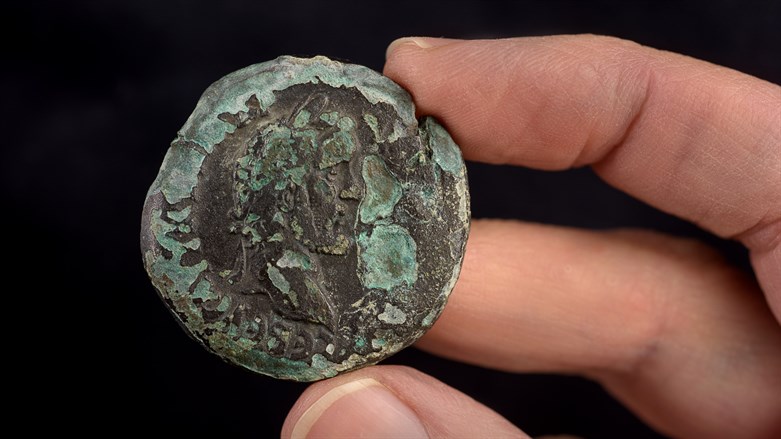
The bronze coin, struck in Alexandria, Egypt, during the reign of Emperor Antoninus Pius (138-161 CE), is notable for its detailed depiction of Luna, the Roman goddess of the moon. On the reverse side, the coin showcases Luna over the zodiacal sign of Cancer. The inscription on the coin reads ‘Year eight,’ which corresponds to the eighth year of Antoninus Pius’ reign, approximately 144/145 CE.
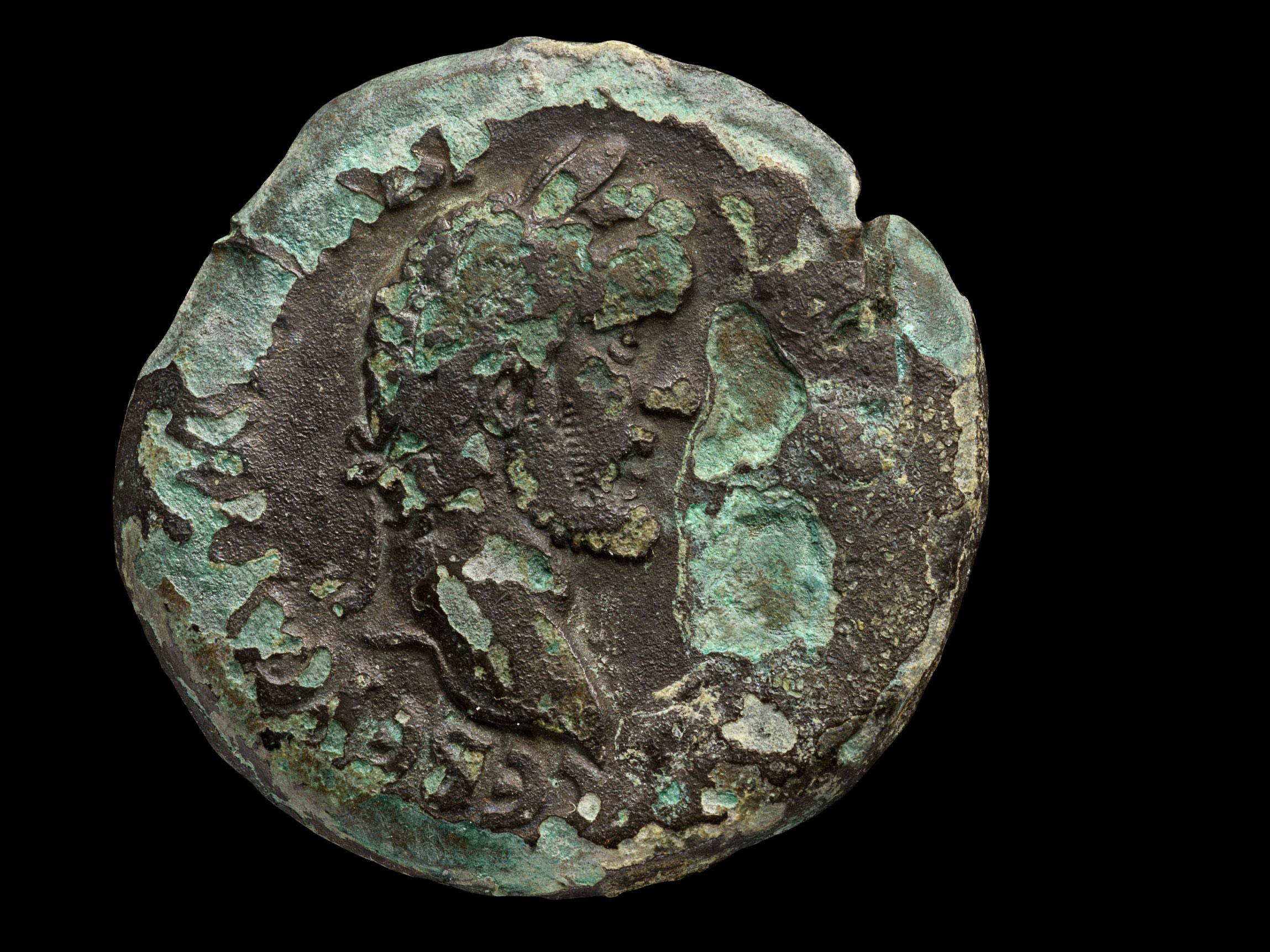
The discovery was made by the Marine Archaeology Unit of the Israel Antiquities Authority as part of a search aimed at protecting historical artifacts from coastal development. This coin is part of a series of thirteen coins, with twelve depicting various zodiac signs and one representing the entire zodiac wheel. The find is the first of its kind to be discovered off Israel’s coast.
Historical Context of Emperor Antoninus Pius
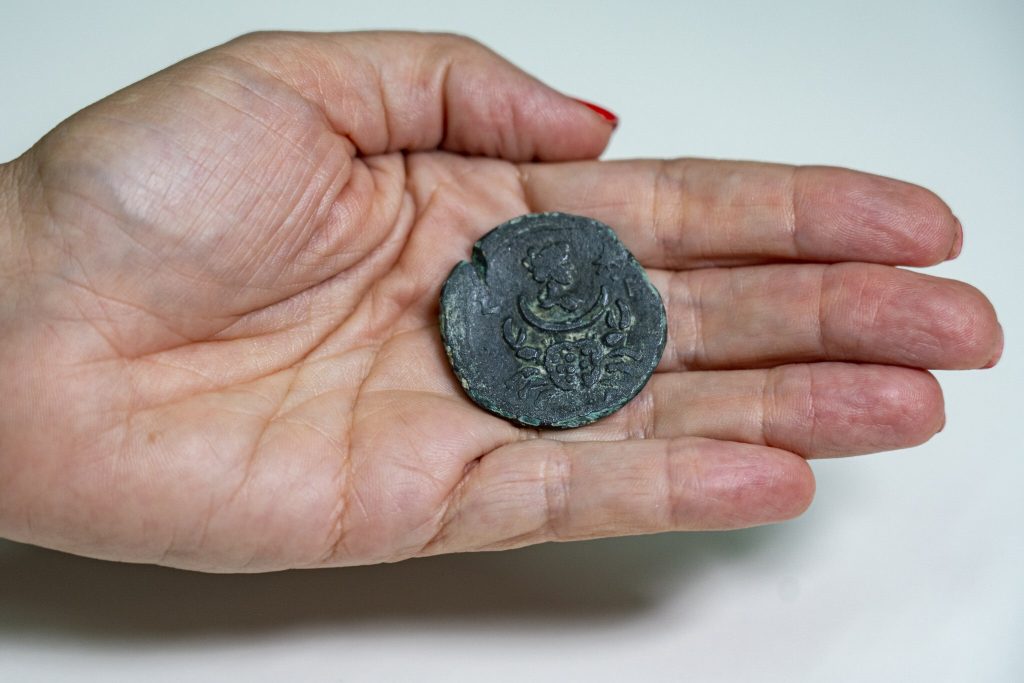
The reign of Emperor Antoninus Pius is often regarded as one of the most peaceful periods in Roman history, known as the Pax Romana or Roman Peace. During this time, the Roman Empire experienced relative stability and prosperity. Antoninus Pius, who was not a military figure and never engaged in warfare, focused on administrative and judicial reforms.
Under Antoninus’ rule, relations with the Jewish community improved significantly. Notably, the harsh decrees of Emperor Hadrian were revoked, allowing Jews to practice circumcision freely. This period of relative tranquility and reform marked a significant shift in the empire’s approach to its diverse populations.
The Impact of the Discovery
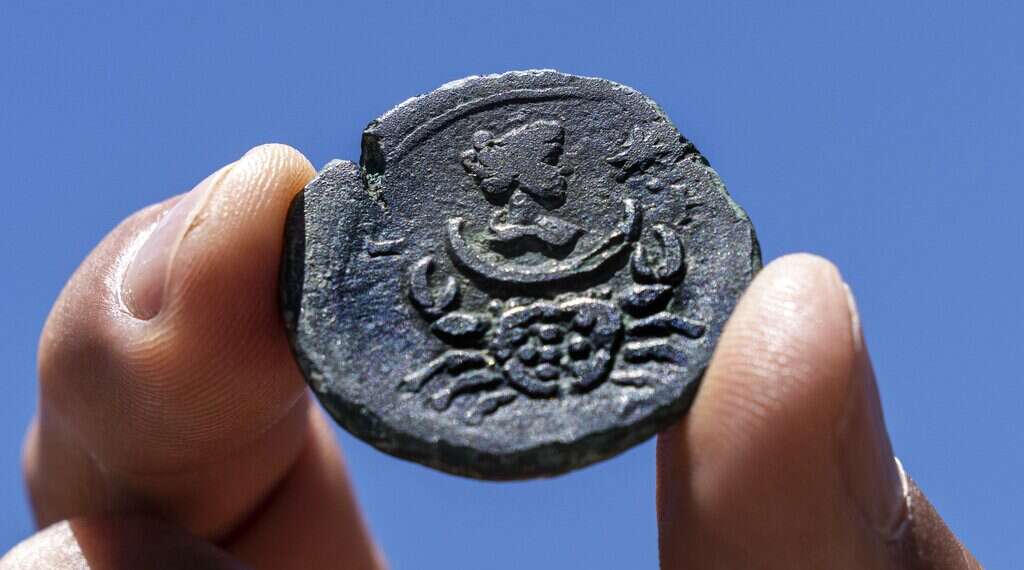
Jacob Sharvit, director of the Israel Antiquities Authority’s Maritime Archaeology Unit, highlighted the significance of the find. He noted that this discovery is unprecedented in Israel’s Mediterranean waters. “Israel’s Mediterranean shores and waters have yielded many archaeological sites and finds that attest to connections in antiquity between Mediterranean ports and the countries along it,” Sharvit explained. He emphasized that such finds, which have been lost at sea for hundreds or thousands of years, are remarkably well-preserved and provide crucial insights into the historical connections of the region.
Conclusion
The discovery of the ancient Roman coin off the coast of Carmel is a testament to the rich and complex history of the Mediterranean region. This well-preserved artifact not only enriches our understanding of Roman coinage but also sheds light on the historical context of Emperor Antoninus Pius’ reign. As more such artifacts are discovered, they continue to piece together the intricate puzzle of our past, offering invaluable insights into ancient civilizations and their connections.
Video
News
The Hanging Temple: China’s 1,500-Year-Old Cliffside Marvel of Faith and Engineering
The Hanging Temple: China’s 1,500-Year-Old Cliffside Marvel of Faith and Engineering Perched precariously on the cliffs of Mount Heng in Shanxi Province, China, the Hanging Temple, also known as Xuankong Temple, Hengshan Hanging Temple, or Hanging Monastery, is an architectural…
The Willendorf Venus: A 30,000-Year-Old Masterpiece Reveals Astonishing Secrets
The Willendorf Venus: A 30,000-Year-Old Masterpiece Reveals Astonishing Secrets The “Willendorf Venus” stands as one of the most revered archaeological treasures from the Upper Paleolithic era. Discovered in 1908 by scientist Johann Veran near Willendorf, Austria, this small yet profound…
Unveiling the Maya: Hallucinogens and Rituals Beneath the Yucatán Ball Courts
Unveiling the Maya: Hallucinogens and Rituals Beneath the Yucatán Ball Courts New archaeological research has uncovered intriguing insights into the ritual practices of the ancient Maya civilization. The focus of this study is a ceremonial offering found beneath the sediment…
Uncovering the Oldest Agricultural Machine: The Threshing Sledge’s Neolithic Origins
Uncovering the Oldest Agricultural Machine: The Threshing Sledge’s Neolithic Origins The history of agricultural innovation is a fascinating journey that spans thousands of years, and one of the earliest known agricultural machines is the threshing sledge. Recently, a groundbreaking study…
Nara’s Ancient Sword: A 1,600-Year-Old Protector Against Evil Spirits
Nara’s Ancient Sword: A 1,600-Year-Old Protector Against Evil Spirits In a remarkable discovery that has captured the attention of archaeologists and historians alike, a 7.5-foot-long iron sword was unearthed from a 1,600-year-old burial mound in Nara, Japan. This oversized weapon,…
The Inflatable Plane, Dropped Behind the Lines for Downed Pilots
Experimental The Inflatable Plane, Dropped Behind the Lines for Downed Pilots The Inflatoplane from Goodyear was an unconventional aircraft developed by the Goodyear Aircraft Company, a branch of the renowned Goodyear Tire and Rubber Company, also famed for the Goodyear…
End of content
No more pages to load











